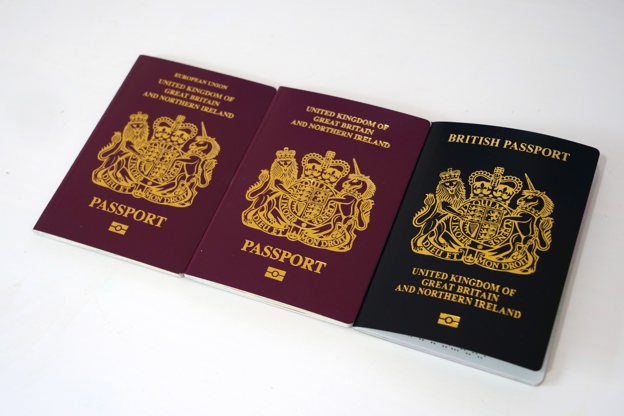

The government have announced that the right to work adjustments that came into place in May 2022 will come to an end at the end of September 2022.

What is a right to work check?
A right to work check is a legal process that employers must follow in order to identify if an individual or worker has the right to work in the UK.
Right to work checks are required by employers prior to an individual commencing employment and can be carried out by checking the applicant’s right to work online (if a share code has been provided).
If an individual is a EU citizen, online right to work checks apply, however for UK citizens original documents must be provided such as UK passport or birth certificate alongside proof of national insurance.
Overview of the Right to Work changes
In May 2022, the government extended remote right to work checks to ensure that employers were provided with support, whilst a more efficient and long-term strategy to managing right to work checks was established.
However, the government have recently announced that previous guidance which allowed employers to carry out right to work checks via video call rather than face-to-face, is ending on 31st September 2022. The announcement comes as the UK continue to transition back to normal life following the pandemic and restrictions on social contact end.
What are the penalties for Right to Work non-compliance?
As an employer, it’s of vital importance that you continue to carry out sufficient right to work checks, in order to demonstrate full compliance. In doing so, you can protect your business from any penalties and debarments from the Home Office and can protect yourself from civil action by ‘establishing a statutory excuse against liability for a penalty.
Failing to carry out Right to Work checks, can result in hefty fines of up to £20,000 should an employee be found to be working illegally.
What must I do as an employer from 1 October 2022?
From 1 October 2022, employers will have to ensure that Right to Work checks are carried out in one of three ways:
- A manual, in person Right to Work check of physical documents
- Using the Home Office online checking service
- Using an accredited identity checking service provider (IDSP
The method that can be used will largely depend on the applicant’s immigration status and documentation available.
For those with biometric documents (including Biometric Residence Cards and Frontier Worker Permits), digital status or E-Visa, or who have received their
visas using the UK immigration ID check app, the check must be carried out online using the Home Office online checking service in combination with a face-to-face check.
For those not eligible for online checks, such as British and Irish passport holders, or those with a physical visa (passport vignette), the check must be carried out via an ISDP and a manual check of original documents. To view further information on carrying out the correct right to work checks, you can visit the Ship Shape website.
Dependant on the applicant’s country of residence and region, different documentation is required in order to prove right to work – you can find a list of the breakdown here.
The increased use of online services for the verification and validation of right to work checks forms a part of the government’s aim to digitise the UK’s immigration system.
How can we support you?
With vast experience within the UK’s temporary labour market, our team of experts can ensure that you demonstrate your due care and not incur any undue financial risk when it comes down to carrying out right to work checks.
To book a chat with a member of our team, feel free to get in touch!

